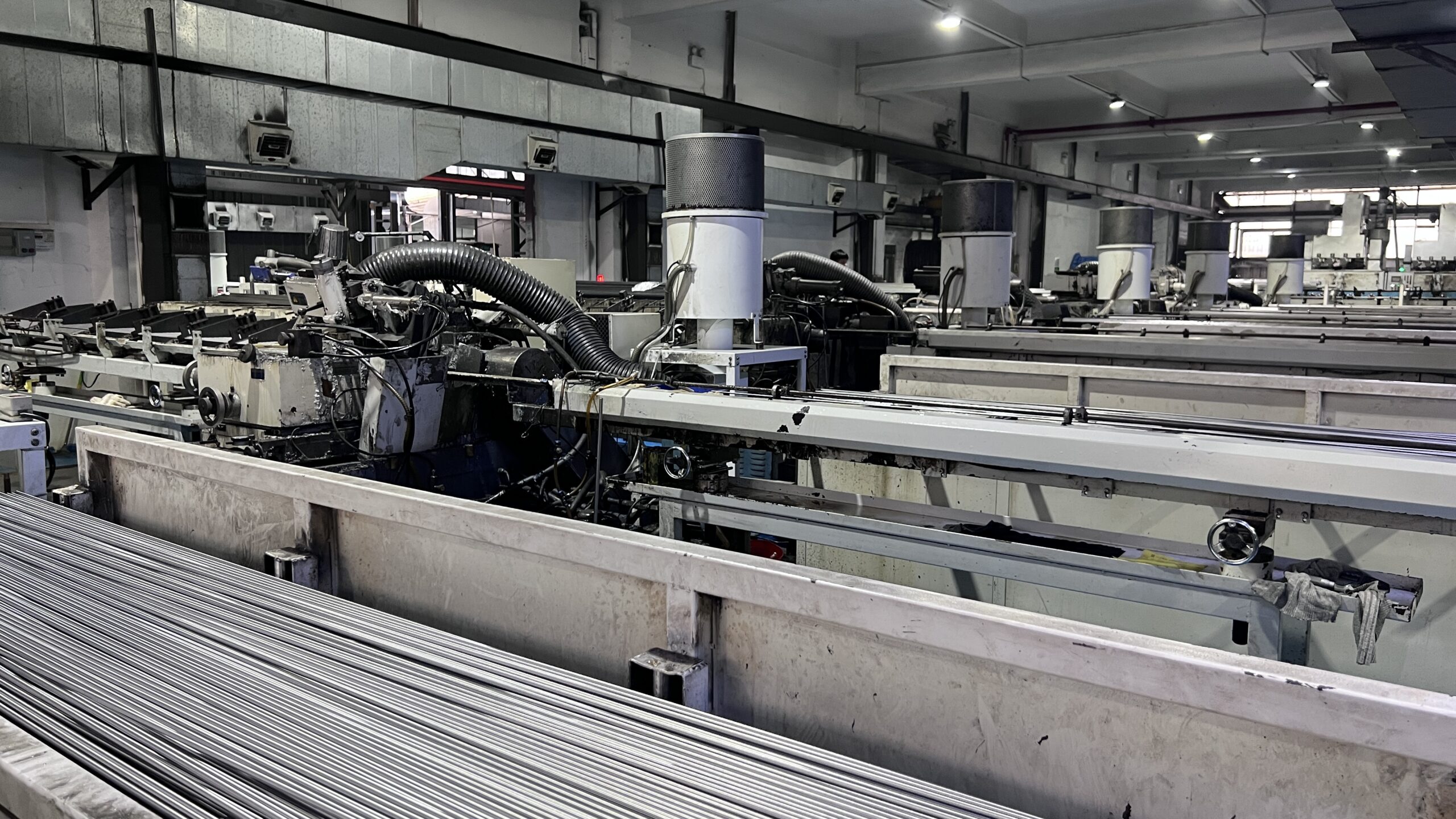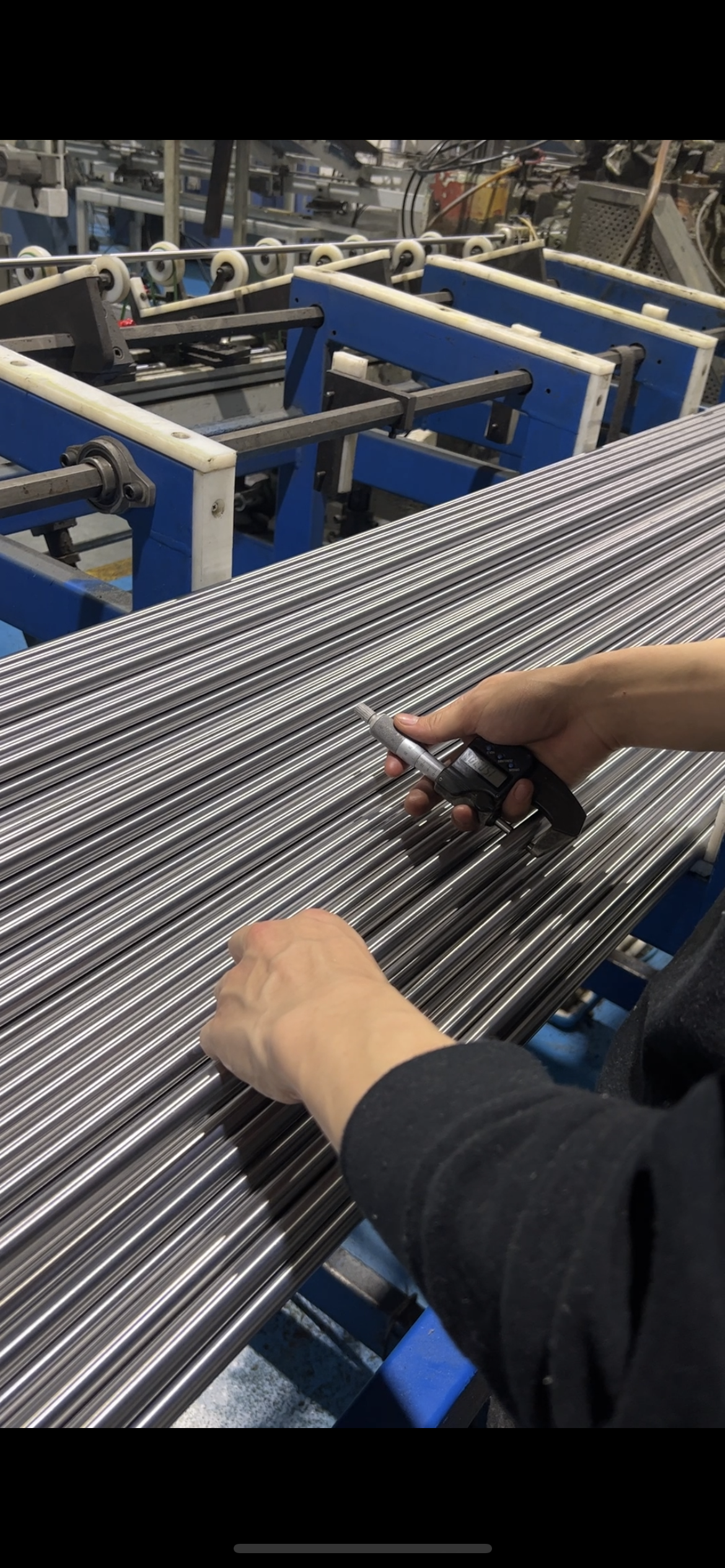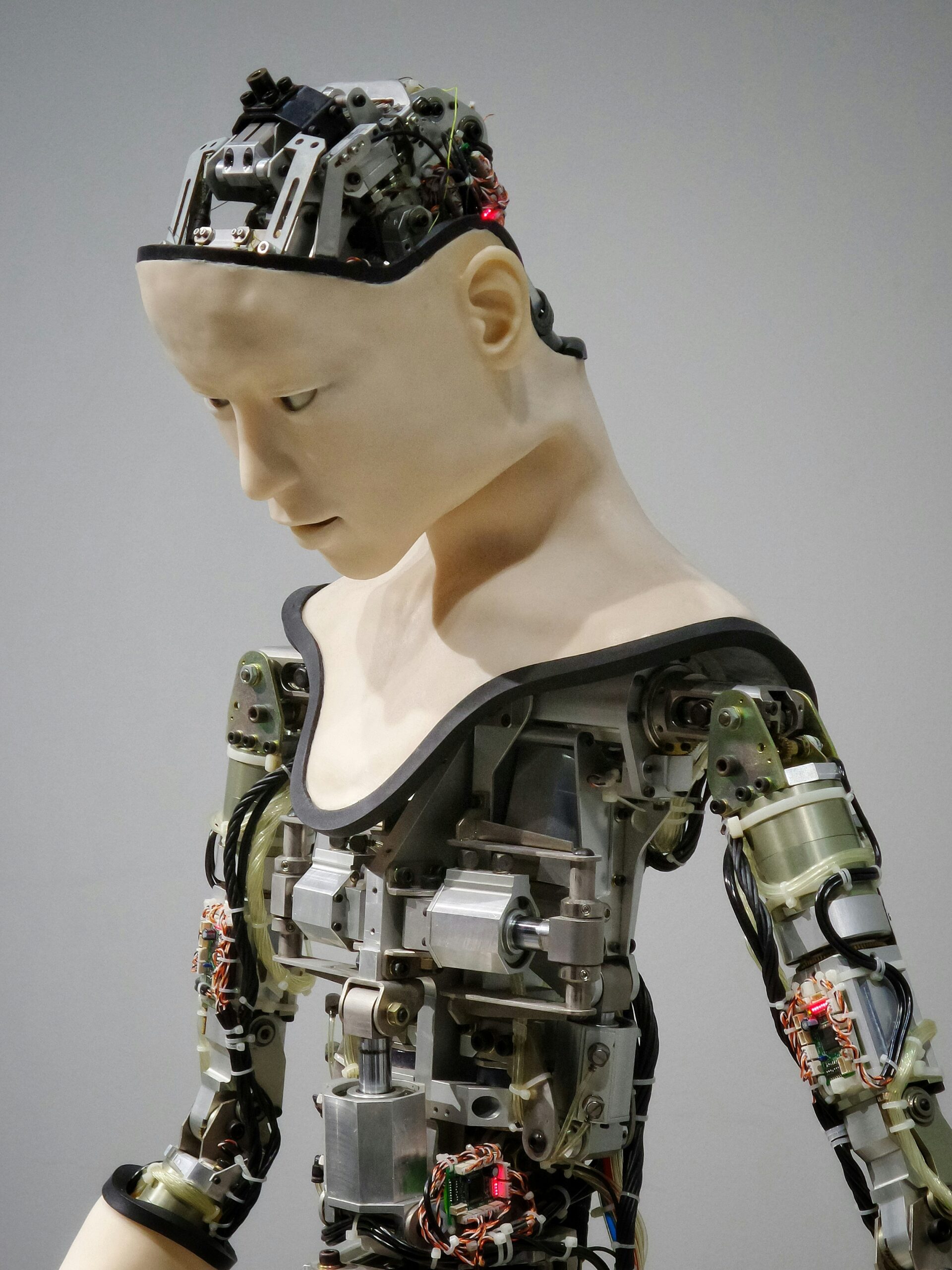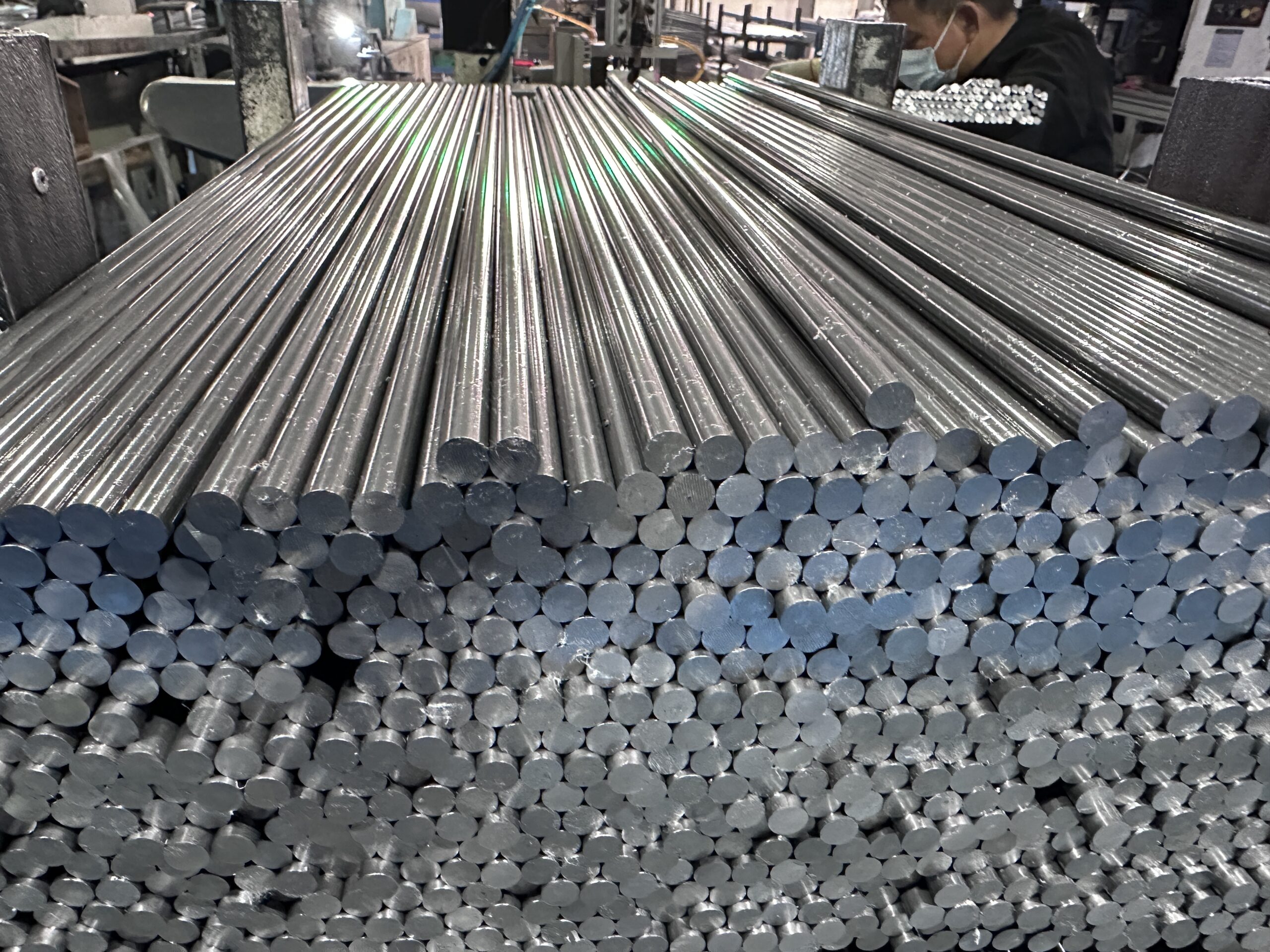What is Non-Magnetic Stainless Steel?
Non-magnetic stainless steels are typically austenitic grades that contain high levels of chromium and nickel. These materials exhibit excellent corrosion resistance and remain non-magnetic even after forming or welding.
Common Non-Magnetic Stainless Steel Grades
| Grade | Composition (Approx.) | Key Features | Common Applications |
|---|---|---|---|
| 304L | 18% Cr, 8% Ni | Low carbon, corrosion resistant | Food processing, kitchen equipment |
| 316L | 16-18% Cr, 10-14% Ni, 2-3% Mo | Enhanced corrosion resistance with Mo | Marine, chemical, and medical equipment |
| 310 | 25% Cr, 20% Ni | Heat and oxidation resistant | Furnaces, heat exchangers |
| 904L | 19-23% Cr, 23-28% Ni, 4-5% Mo | Super austenitic, acid resistant | Pharmaceutical, chemical, offshore industry |
| 254SMO | 20% Cr, 18% Ni, 6% Mo | High pitting and crevice resistance | Chloride-rich environments, seawater |
Why Choose Non-Magnetic Stainless Steel?
-
Non-Magnetic Behavior: Ideal for sensitive electronic or magnetic applications.
-
Corrosion Resistance: Performs well in harsh, acidic, and marine environments.
-
Formability & Weldability: Easy to machine and fabricate.
Applications Across Industries
-
Medical Devices: Non-reactive and hygienic
-
Marine Hardware: Withstands saltwater exposure
-
Chemical Processing: Resistant to acidic environments
-
Aerospace & Defense: Low magnetic permeability for critical components
Non-magnetic stainless steel grades like 304L, 316L, and 310 offer a reliable combination of corrosion resistance and magnetic neutrality. Choosing the right grade depends on the specific environment and functional demands of your application.







